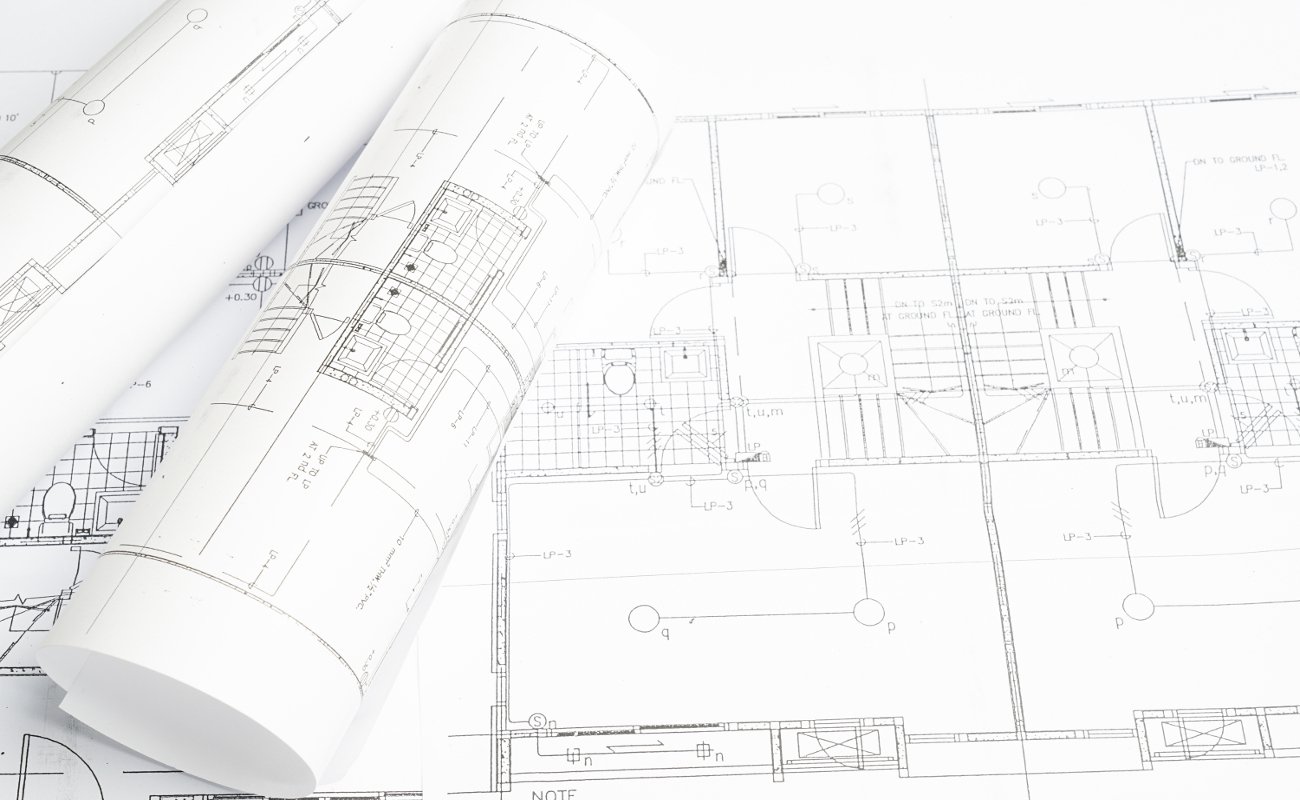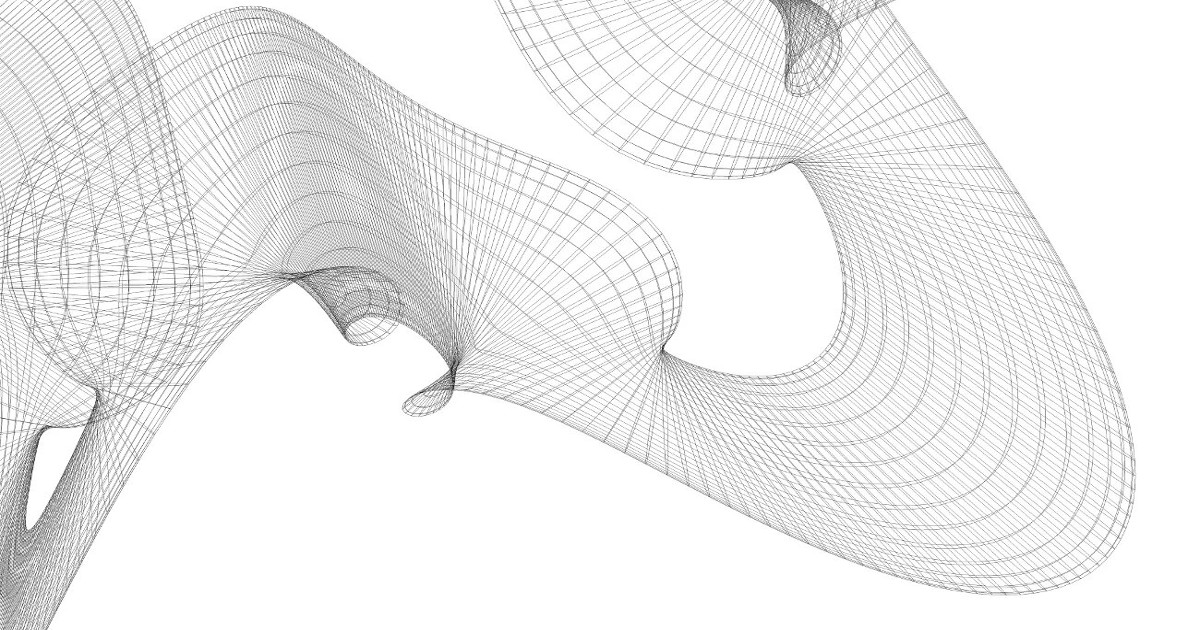When computer-aided design (CAD) first took over from drafting tables, it revolutionized the way designs were created. Now that 3D modeling is becoming more widespread, it too is changing the way projects are designed, constructed, and managed. However, despite the advantages that 3D modeling offers, 2D CAD is still prevalent in architecture. The main concern many architects have is that designing using 3D architecture software will take longer due to the greater detail required. Yet this is a common misconception – in many cases, 3D modeling is significantly quicker than 2D CAD. Here’s how the two methods compare.
Drawing Walls And Openings
2D CAD: To draw 2D walls, the designer must draw individual polylines or rectangles, trim them wherever there is a conjunction, and then fill them with the desired hatching. Openings such as windows or doors must be created from two polylines or using blocks, with the position changed using commands such as move, rotate, and mirror.
3D architecture programs: With the help of modeling tools, walls can be designed in 3D with just a few clicks. They are inserted at the correct size and are already hatched. Any openings in the walls automatically have the same thickness as the walls in which they are inserted, while the height of the opening is defined at the time of insertion. Window and door symbols are automatically placed facing the right direction with just one click.
Room Stamps
2D CAD: Each room has to be manually labelled using text boxes. In addition, the floor area has to be obtained from the properties of a rectangle or manually calculated, and then added to the room stamp by editing the text. This needs to be done separately for every room that is affected by the changes as well.
3D modeling tools: These are quickly created using intelligent labeling tools – i.e. the floor areas are automatically calculated and can be placed within the drawing as a parametric label, reacting to changes in the drawn rooms.
Creating Plan, Elevation And Section Views
2D CAD: Each view needs to be drawn manually in 2D, which allows for errors and inconsistencies to creep into the design. And if there are any scope changes, the edits will need to be made to each view individually, increasing the risk of discrepancies as well as the time required to update the design.
3D architecture software: Each view is created from the 3D BIM model by placing the viewport at the location where the view is required, much like cutting a section of a 3D model. As the model changes, these views automatically update. Not only are the views faster and easier to create in the first place, design changes are also quicker and simpler to manage.
Calculating Quantities
2D CAD: The 2D drawing can be used to provide areas of shapes, which then need to be manually collated into a schedule or bill of quantities. If there are any changes, the quantities will need to be recalculated.
3D modeling tools: The quantities are automatically derived from the 3D BIM model at the click of a button, and the report can be easily ran again should the model change.
Rendering And Visualizations
2D CAD: Rendering and visualizations need to be recreated in a separate program, relying on the information in the 2D drawings in order to create the final product.
3D architecture programs: The 3D model can be quickly rendered in minutes using a built-in rendering engine. And using the model for visualizations ensures an accurate end result which showcases the building exactly as it was designed.
See For Yourself
If the speed and ease with which a 3D model can be created sounds too good to be true, why not watch our video which compares the time taken to create a 2-story house in both 2D and 3D. As the designs are created side by side, you can see for yourself how much quicker and easier designing in 3D can be. And if you think you could benefit from more effective design methods and greater flexibility, then you can download a free 30-day trial of Allplan Architecture and discover the unique advantages of 3D modeling.


.jpg)





